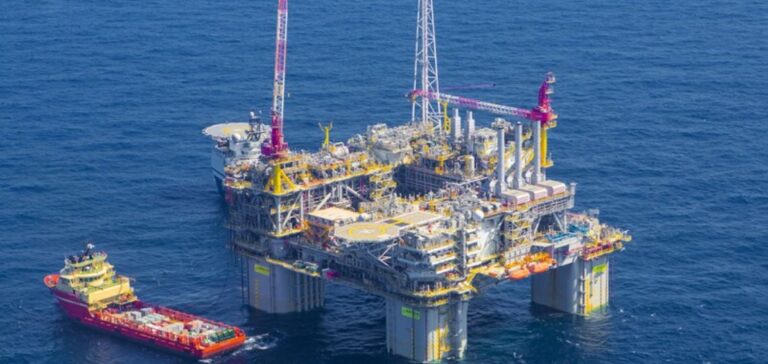In 2023, the US oil and gas sector demonstrated impressive resilience despite a significant drop in commodity prices.
According to a study by Ernst & Young LLP, the fifty largest publicly traded exploration and production (E&P) companies achieved record production levels while cutting costs by 6%.
Total industry revenues reached $244.4 billion, the second-highest figure in five years, underlining the sector’s continued financial strength.
This performance was accompanied by an increased strategy of capital allocation to exploration, development and M&A activities.
Companies have taken advantage of difficult market conditions to strengthen their position, focusing on rigorous cost management and optimization of operations.
Increased investment and profits
The study also reveals that capital spending on exploration and development reached a five-year high of$93.1 billion, an increase of 28% on the previous year.
This increase reflects the sector’s financial robustness, with pre-tax profits of $83.9 billion, a level comparable to 2021.
The sector demonstrated its ability to maintain profitability, even in the absence of high raw material prices.
At the same time, acquisitions jumped 57% year-on-year, reflecting a growing appetite for strategic asset consolidation and repositioning.
Independent producers focused their efforts on increasing production while offering higher returns to their investors, confirming the vitality of the US oil and gas sector’s business fundamentals.
Production reserve and emissions management
Although total oil and gas reserves fell slightly, by 1% and 4% respectively, the sector managed to maintain a production replacement ratio of over 100% thanks to extensions and discoveries.
This ensures continuity in production capacity, despite a drop in reserves to 33.3 billion barrels for oil and 186.1 trillion cubic feet for gas.
At the same time, the industry is stepping up its efforts to manage emissions.
Eighty percent of companies surveyed have voluntarily reported their Scope 1 and 2 greenhouse gas emissions, an increase on previous years.
In addition, 42% of these companies obtained external assurance for these reports, while 64% reported having climate objectives or targets in their voluntary disclosures.
Strategic perspectives and innovations
The outlook for the US oil & gas sector remains strong, with companies continuing to strategically position themselves to meet the continuing demand for hydrocarbons, despite the ongoing energy transition.
Major transactions in the sector testify to this drive to redefine the energy landscape, by optimizing operations and integrating cutting-edge technologies.
The emphasis on innovation and strategic investment suggests that the sector is well prepared to navigate an uncertain energy future, while ensuring global energy security.
Companies are adapting, transforming and investing not only to maintain profitability, but also to meet growing demands for sustainability and energy efficiency.






















